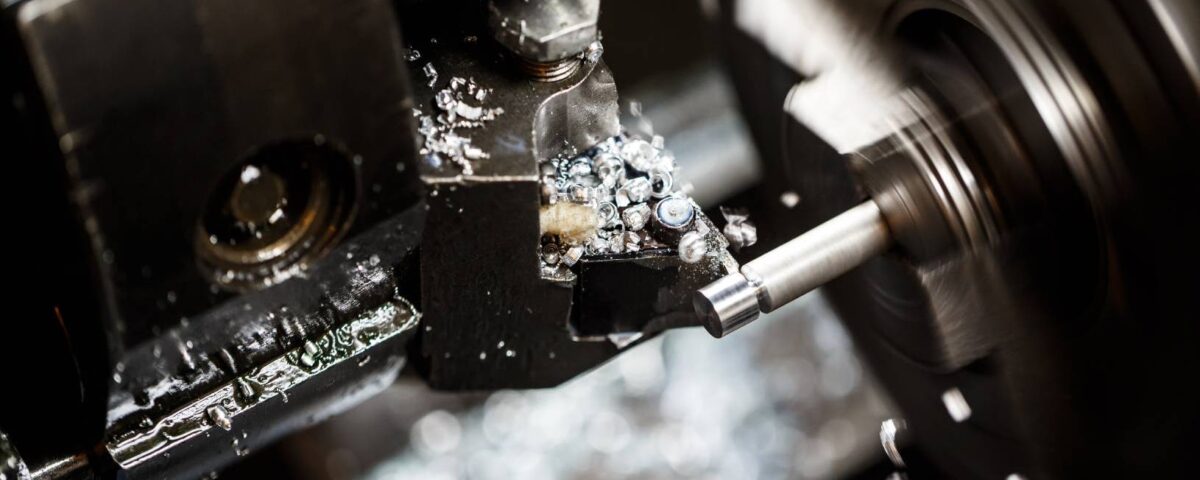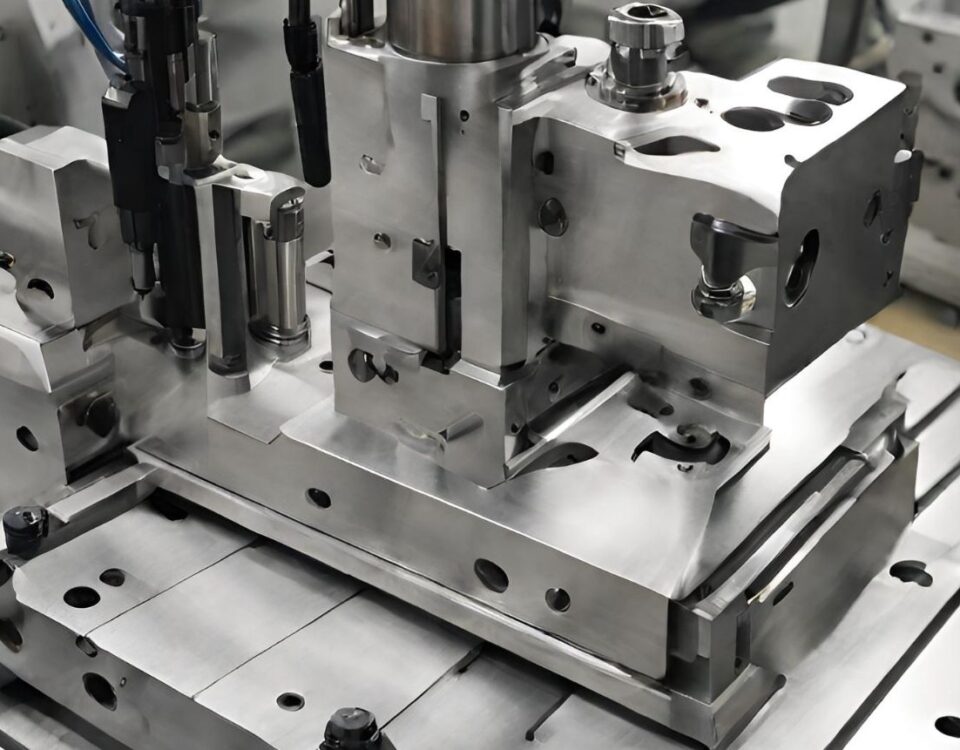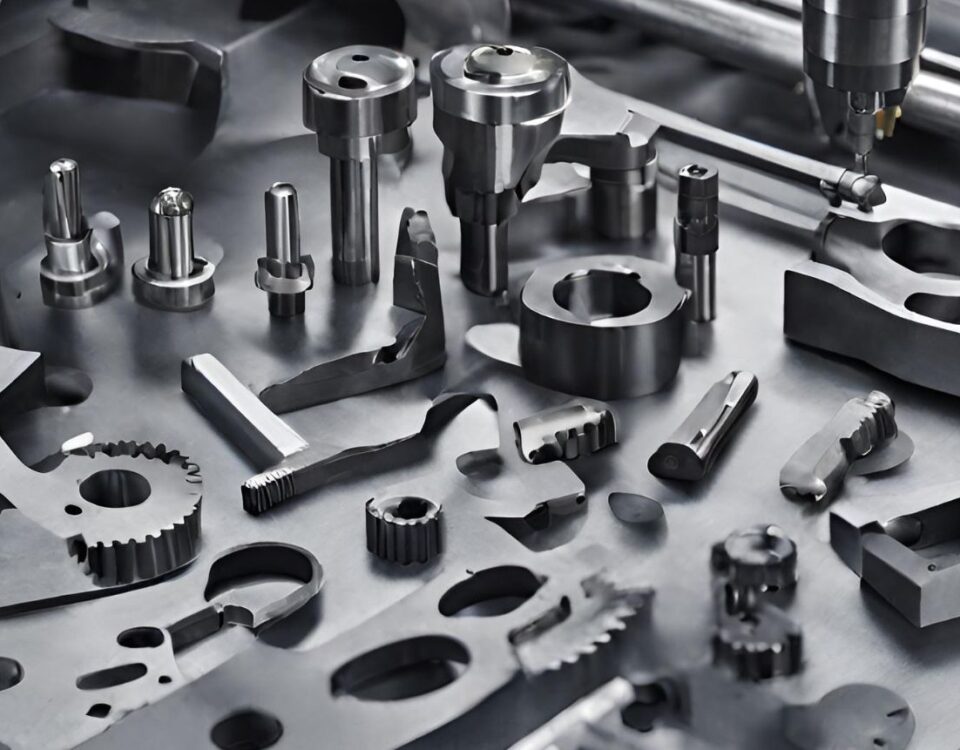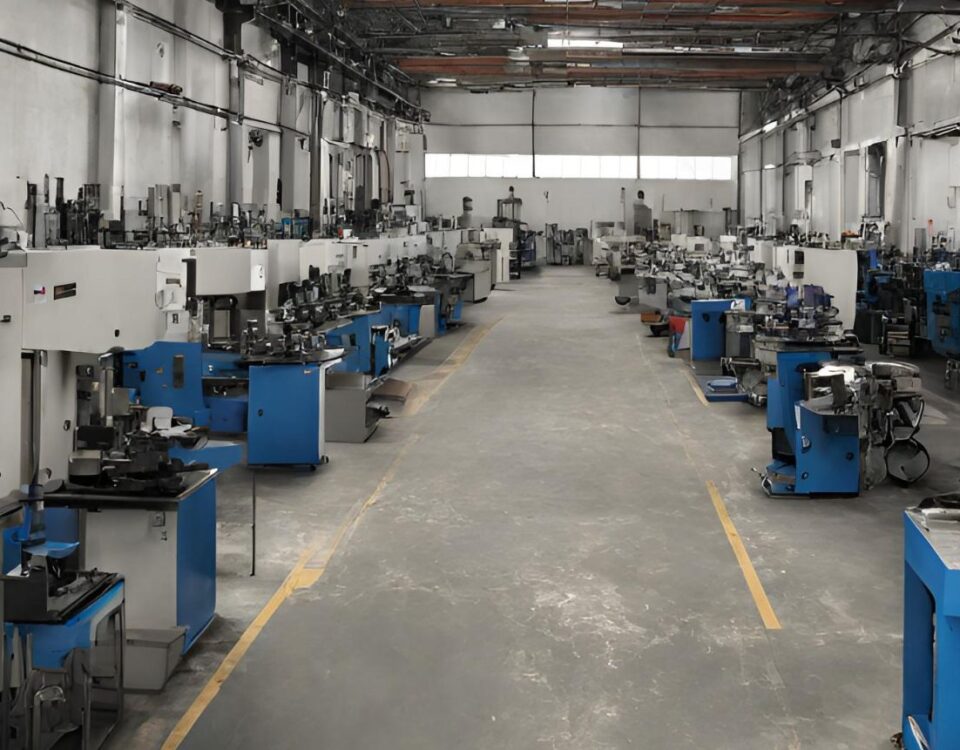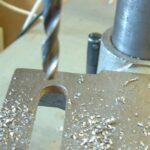
How do you Reduce CNC Machining Costs Without Compromising Quality?
23 January 2024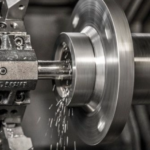
Types of Precision Machining Equipment
30 January 2024Introduction
In the intricate world of manufacturing, precision machining parts play a pivotal role in ensuring the seamless functioning of various industries. These components, often overlooked by the casual observer, are the unsung heroes that contribute to the creation of everything from aerospace components to medical devices. This article explores the significance of precision machining parts, the technologies behind them, and their diverse applications across different sectors.
I. Understanding Precision Machining:
Precision machining is a manufacturing process that involves the removal of material from a workpiece to create intricate and accurately measured parts. The goal is to achieve tight tolerances and high-quality finishes, ensuring that the final components meet strict specifications. This process demands a combination of skill, advanced machinery, and cutting-edge technologies to produce parts with exceptional precision.
A. Machining Techniques:
-
Turning: Turning is a common precision machining technique that involves rotating a workpiece while a cutting tool removes material to achieve the desired shape. This technique is widely used in the production of cylindrical components such as shafts, bolts, and connectors.
-
Milling: Milling utilizes rotary cutters to remove material from a workpiece, creating complex shapes and features. This versatile technique is crucial in the production of gears, molds, and other intricate components.
-
Grinding: Grinding is employed to achieve fine surface finishes and tight tolerances. This precision machining method is commonly used for the production of tools, bearings, and aerospace components.
-
Electrical Discharge Machining (EDM): EDM involves the use of electrical discharges to erode material from a workpiece. This technique is particularly useful for intricate and delicate parts, such as those found in the medical and electronics industries.
B. CNC Machining:
Computer Numerical Control (CNC) machining has revolutionized precision machining by automating the manufacturing process. CNC machines are programmed to follow precise instructions, allowing for highly accurate and repeatable production of complex parts. This technology has significantly enhanced the efficiency and capabilities of precision machining, enabling the production of intricate components with minimal human intervention.
II. The Role of Precision Machining Parts in Modern Industries:
A. Aerospace Industry:
The aerospace industry demands components with unparalleled precision and reliability. Precision machining parts are integral to the production of aircraft components, such as turbine blades, landing gear, and structural elements. The ability to meet strict tolerances and specifications is critical to ensuring the safety and performance of aerospace systems.
B. Medical Devices:
In the medical field, precision is paramount. Precision machining is extensively used in the manufacturing of medical devices, including implants, surgical instruments, and diagnostic equipment. The ability to produce components with exact specifications is crucial for the success of medical treatments and procedures.
C. Automotive Sector:
The automotive industry relies heavily on precision machining for the production of engine components, transmission parts, and critical elements in vehicle systems. The quest for fuel efficiency and performance requires components with tight tolerances, and precision machining plays a key role in meeting these requirements.
D. Electronics and Technology:
In the fast-paced world of electronics, the demand for smaller and more powerful devices has surged. Precision machining is essential for producing the intricate components found in smartphones, computers, and other electronic gadgets. The miniaturization of components requires advanced machining techniques to maintain precision on a microscopic scale.
III. Advancements in Precision Machining Technologies:
A. 5-Axis Machining:
Traditional machining techniques often have limitations in terms of the complexity of shapes they can produce. 5-axis machining, however, allows for greater flexibility by enabling the cutting tool to move along five different axes. This technology is particularly valuable in the production of complex aerospace components and intricate molds.
B. Additive Manufacturing:
While traditional precision machining involves subtracting material from a workpiece, additive manufacturing, or 3D printing, builds up components layer by layer. Although not a traditional machining method, additive manufacturing has gained prominence for its ability to produce intricate and customized parts with reduced material waste.
C. Smart Machining:
The integration of smart technologies, such as sensors and real-time monitoring systems, has enhanced precision machining processes. Smart machining allows for continuous monitoring of variables like temperature, tool wear, and vibrations, enabling proactive adjustments to ensure consistent quality and performance.
IV. Challenges and Solutions in Precision Machining:
A. Material Selection:
Different materials pose unique challenges in precision machining. Hard and brittle materials, such as ceramics and hardened steel, require specialized techniques to prevent tool wear and achieve precise cuts. Advances in cutting tool materials and coatings have been instrumental in overcoming these challenges.
B. Tolerances and Quality Control:
Meeting tight tolerances is a constant challenge in precision machining. Quality control measures, including advanced inspection techniques and the use of Coordinate Measuring Machines (CMM), are crucial for ensuring that manufactured parts conform to specifications.
C. Environmental Considerations:
The environmental impact of precision machining processes, including the disposal of cutting fluids and the energy consumption of machining equipment, is a growing concern. Sustainable machining practices, such as the use of eco-friendly cutting fluids and energy-efficient machines, are being explored to mitigate these environmental challenges.
V. The Future of Precision Machining:
A. Nanoscale Precision:
As industries continue to demand smaller and more intricate components, precision machining is venturing into the nanoscale. Nanoprecision machining involves the production of components with dimensions on the order of nanometers, opening up new possibilities in fields such as electronics, optics, and medical technology.
B. Integration of Artificial Intelligence:
Artificial Intelligence (AI) is making inroads into precision machining, offering the potential for predictive maintenance, optimization of machining parameters, and adaptive control systems. The use of machine learning algorithms can enhance the efficiency and accuracy of precision machining processes.
C. Hybrid Machining:
Hybrid machining combines traditional subtractive techniques with additive manufacturing processes, offering the advantages of both. This approach allows for the production of complex components with reduced material waste and increased design freedom.
Conclusion:
Precision machining parts are the unsung heroes of modern manufacturing, contributing to the creation of vital components across diverse industries. From aerospace and medical devices to automotive and electronics, the demand for precision-machined parts continues to grow. With advancements in machining technologies, the industry is poised for further innovation, pushing the boundaries of what is possible in terms of precision, complexity, and sustainability. As we look to the future, precision machining remains at the forefront of manufacturing, driving progress and shaping the world we live in.

